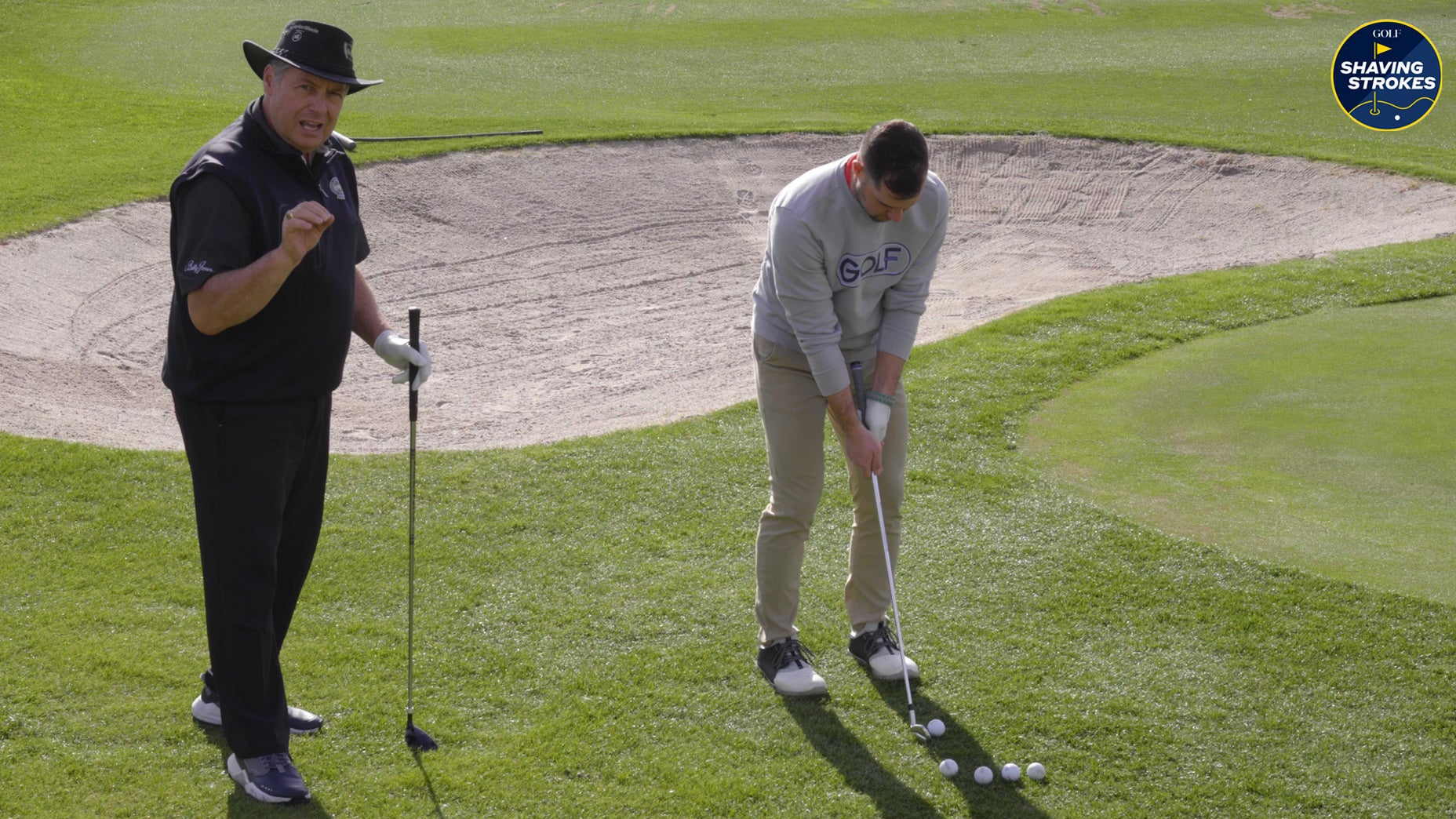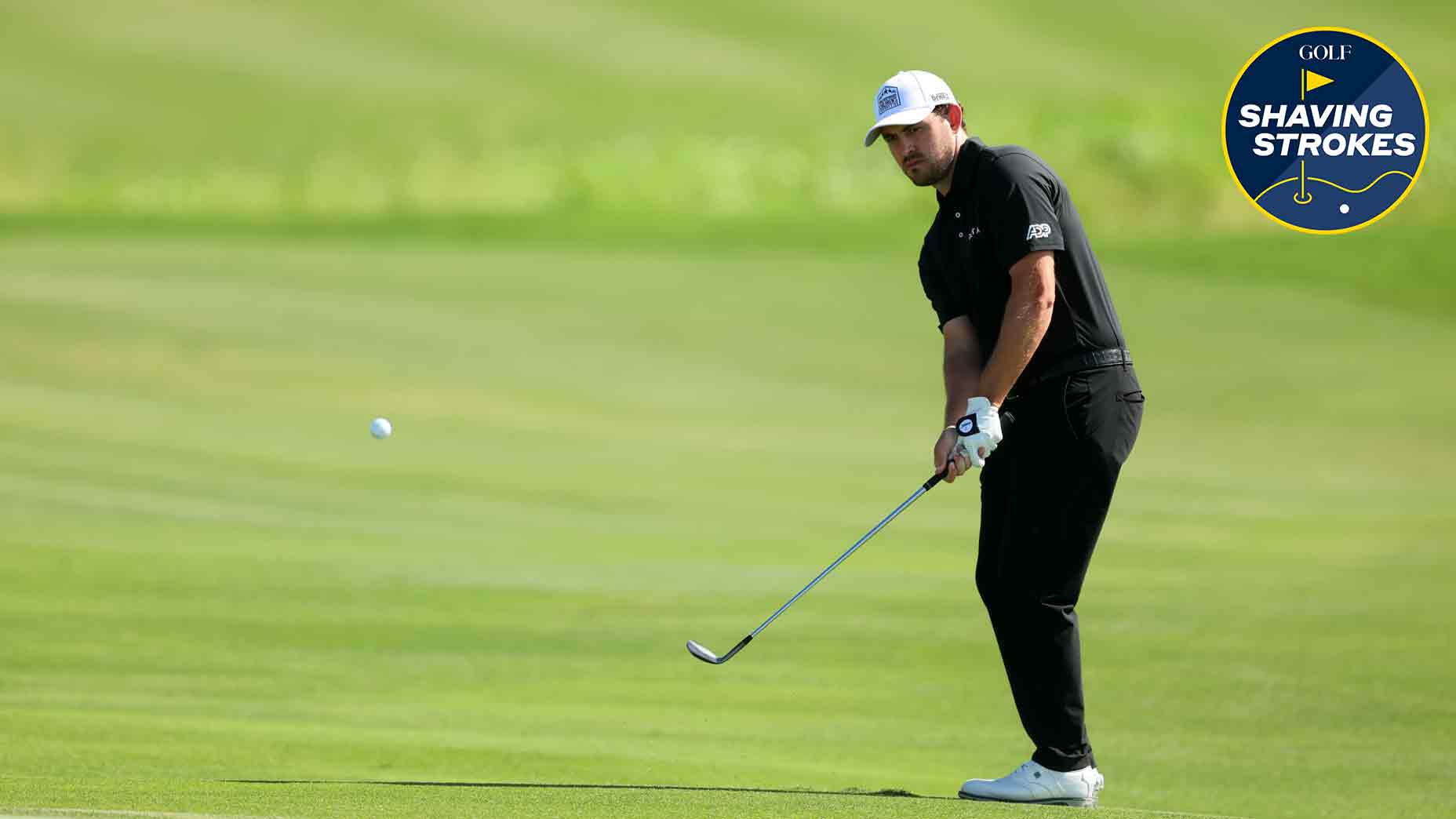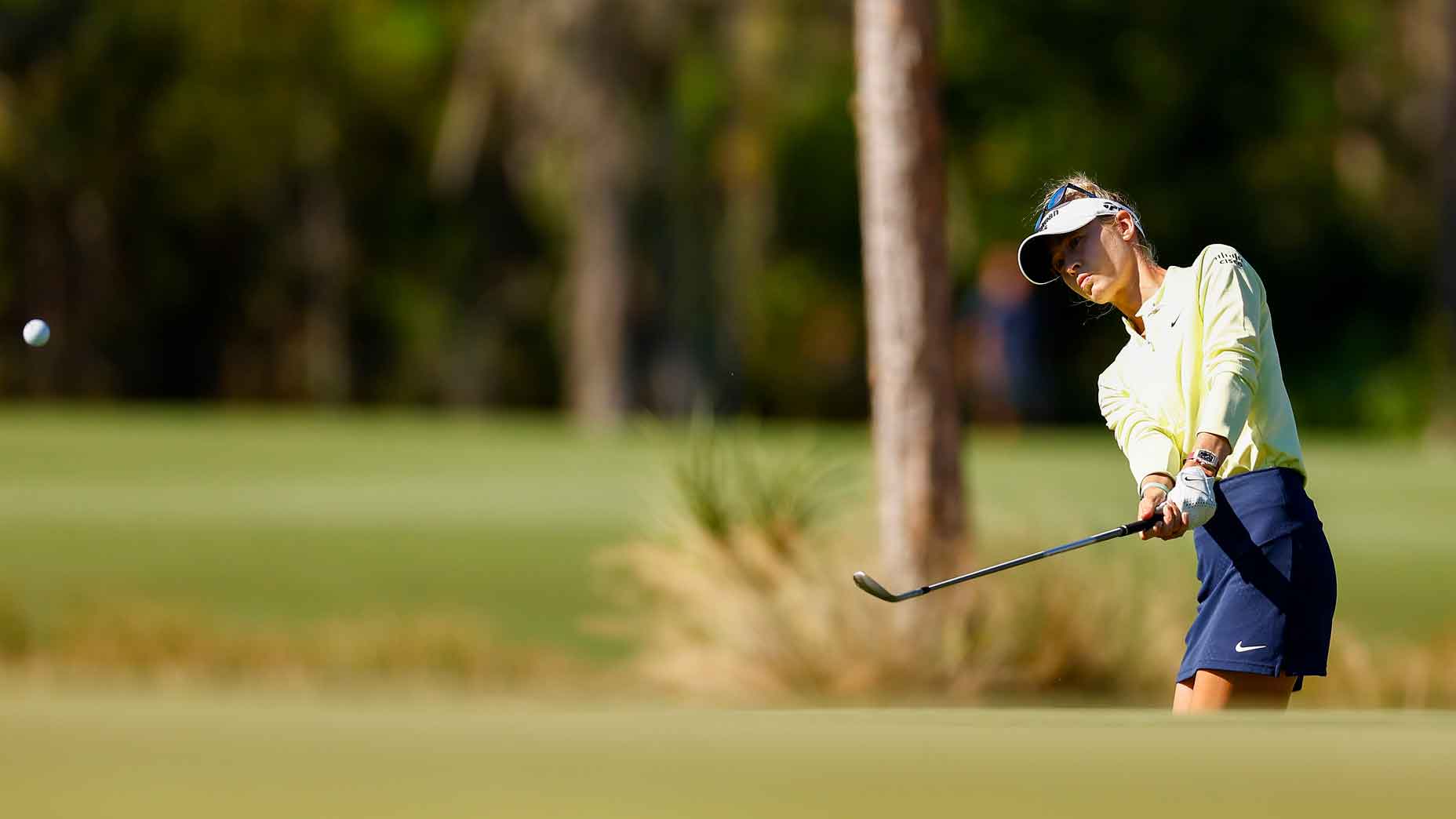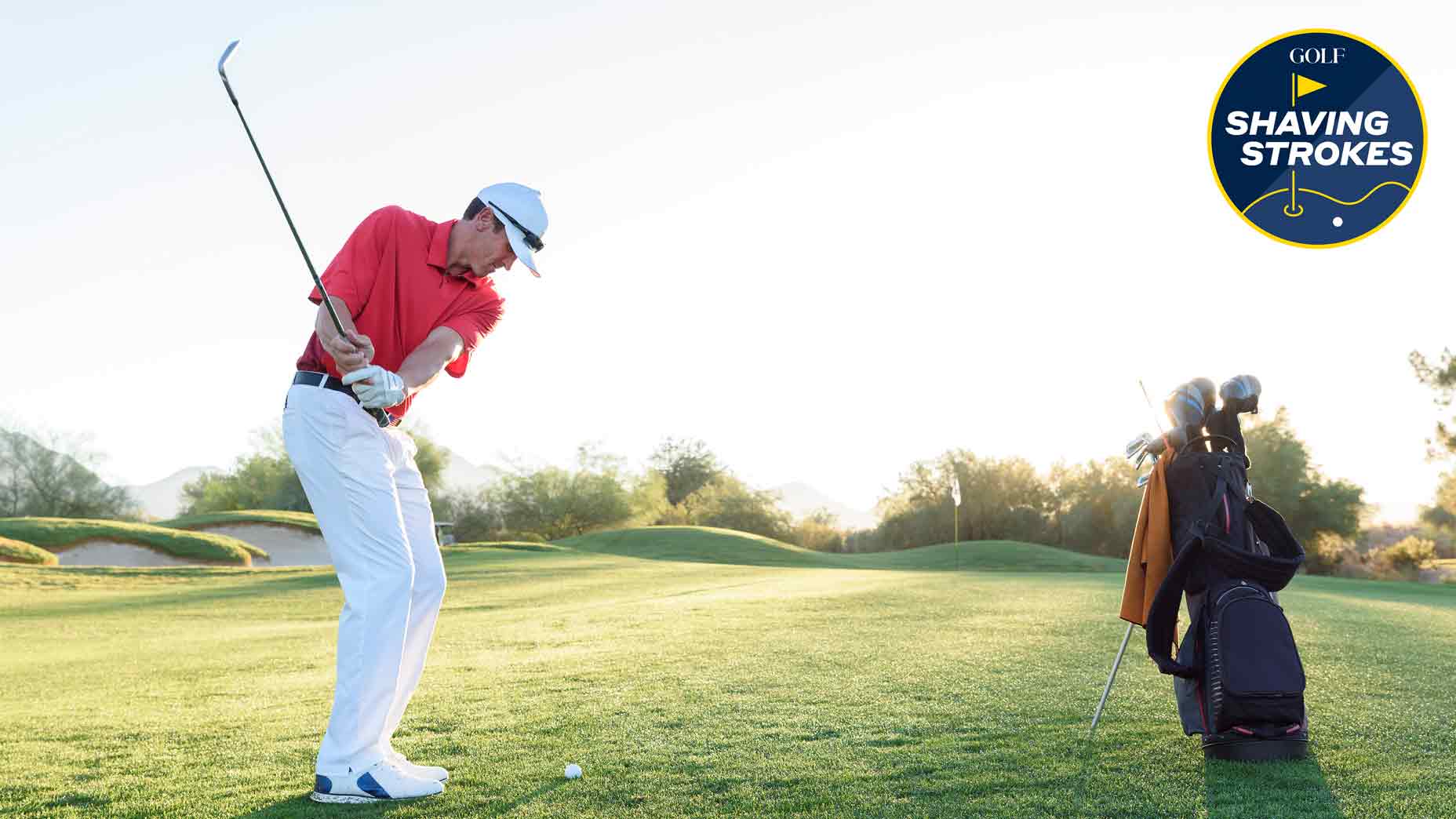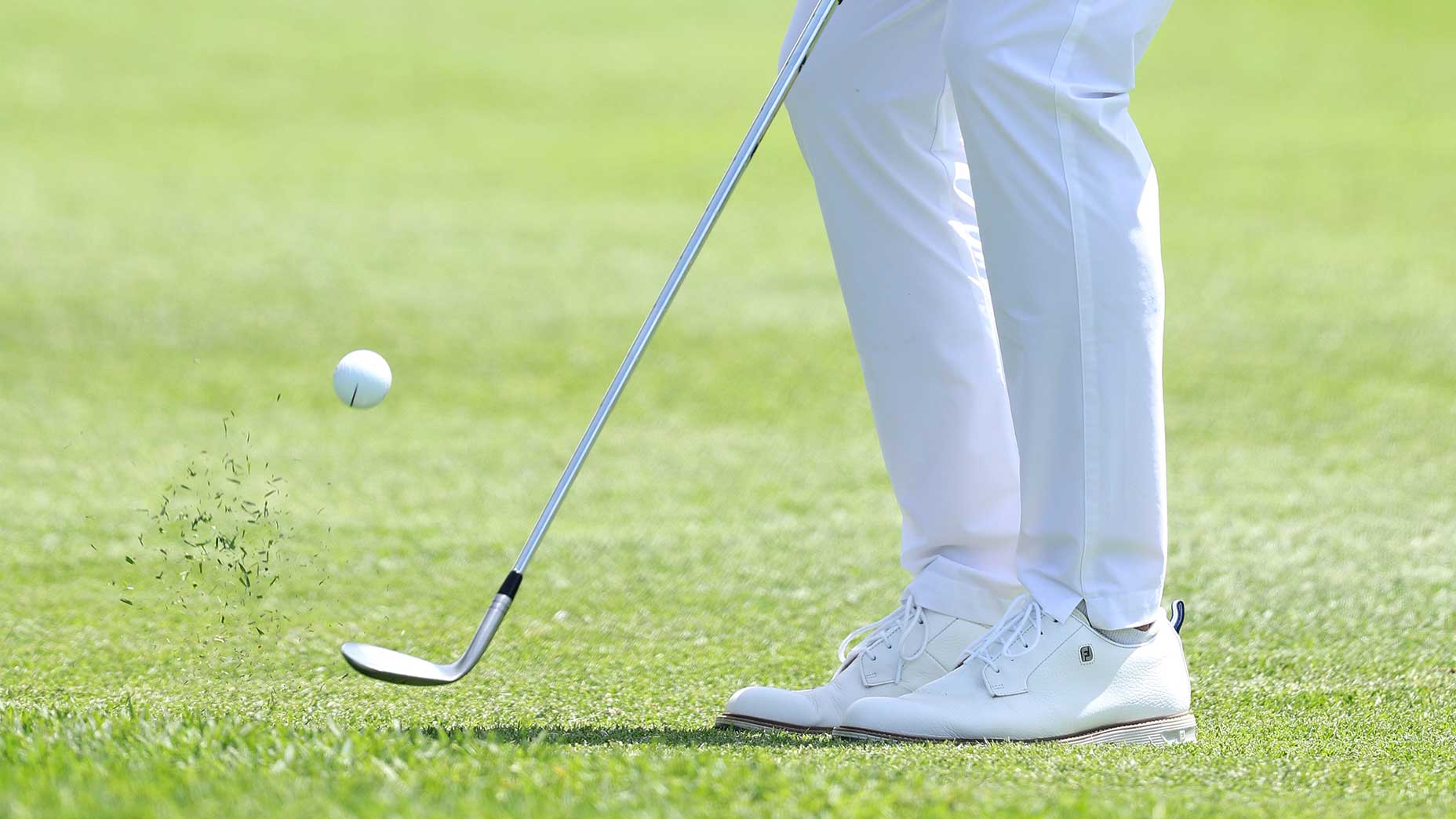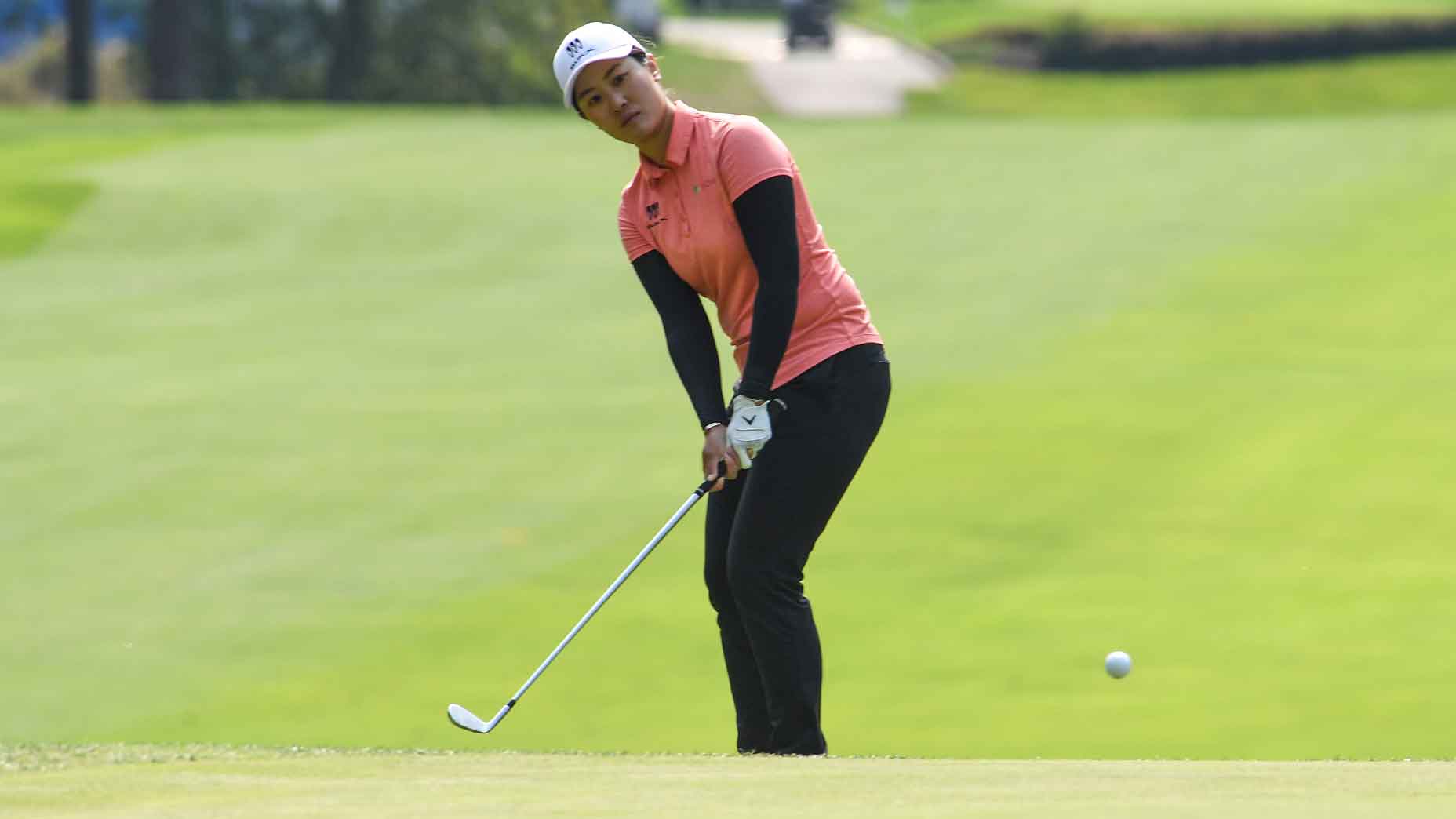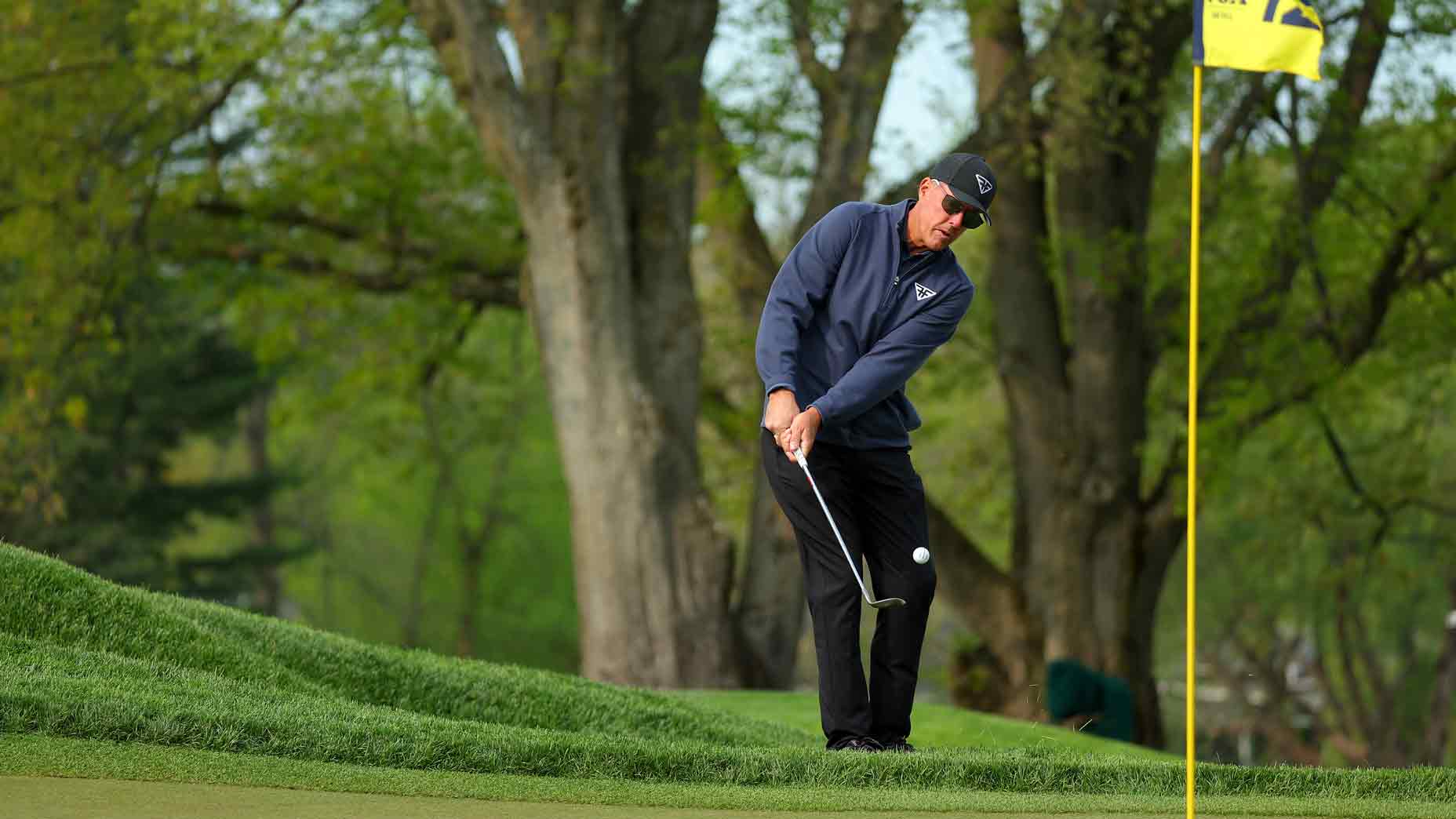2 reasons why you should try one-handed chipping

Graham DeLeat was spotted chipping with one hand at the Safeway Open
(Getty Images)
When the yips arrive, they often do so quickly and without warning. They can wreck rounds — careers, even — and though we most commonly associate them with putting, the chipping yips are equally as terrifying. It’s unclear if that’s what the cause of Graham DeLaet’s one-handed chipping technique below, but whenever golf fans see it, it certainly raises the alarm.
Except it shouldn’t. One-handed chipping is a drill many of our GOLF Top 100 Teachers will suggest for their students, especially if they hit chunks.
In addition to helping you make a more tension-free chipping motion, one-handed chipping can help improve your actual technique, too. So if you’re struggling around the greens, consider giving it a try.
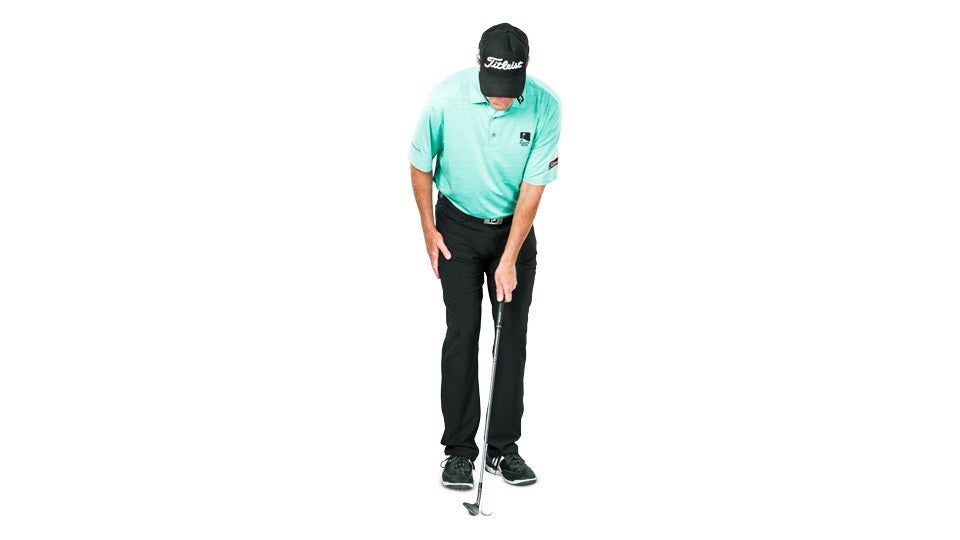
1. THIN FIX: It will stop you swaying
If your miss around the green is blading or thinning shots, it could be because you have too much movement in your body. Removing your right hand from the club, and placing it on your legs, as GOLF Top 100 Teacher James Sieckmann explains, will give you a greater sense of awareness of your lower body movement on your chip shots, and help you stay more stable.
“Placing your right hand in this position helps create an awareness of lower-body stability in the backswing. Quiet legs are key — short swings require little, if any, lower-body turn.”
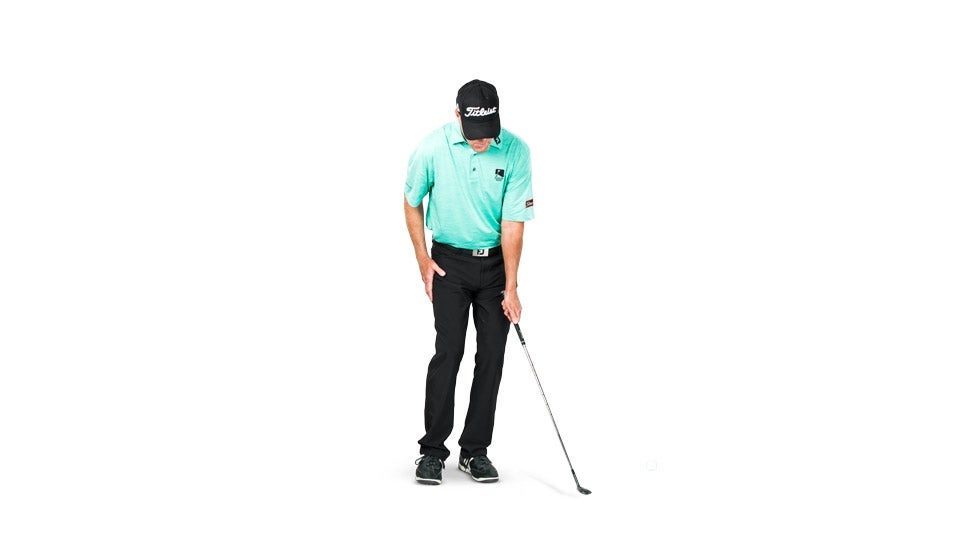
2. CHUNK FIX: It will help you release the clubhead
While No. 1 is an excellent drill, DeLaet is hitting his chip with his right hand only. How can that help?
By removing one of your hands from the golf club, you’re removing your arms’ ability to control the clubhead. That may sound like a bad thing, but that’s not necessary true: Many golfers are too active with their arms. The great chippers let the clubhead pass their hands on the downswing; having one hand on the club makes the clubhead feel heavier, which means your arms won’t be able to control it as easily, as Sieckmann explains:
“Your downswing should be tension-free, so that the clubhead can release naturally past your legs through impact. Players with poor takeaways tend to pull the handle forward with a death grip, reducing loft and the forgiveness built into most wedges.”



